Human Body Anatomy
How well do you know your body?
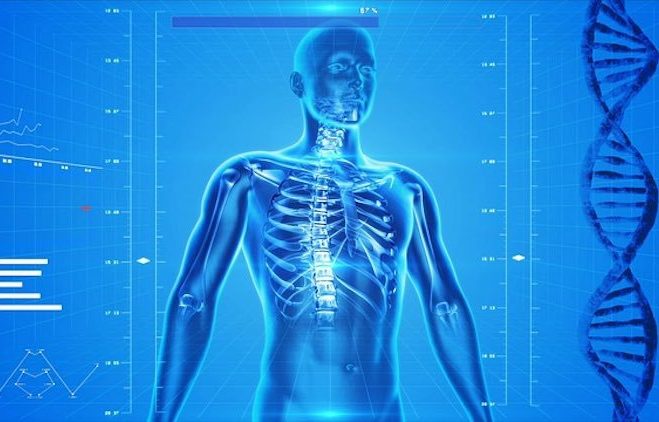
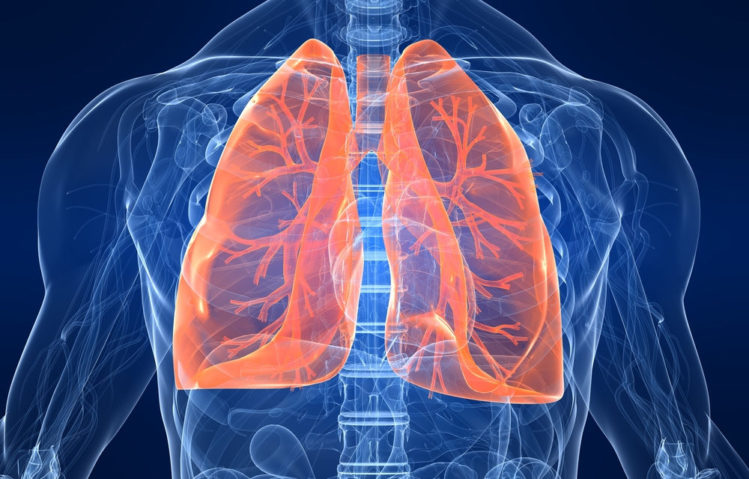
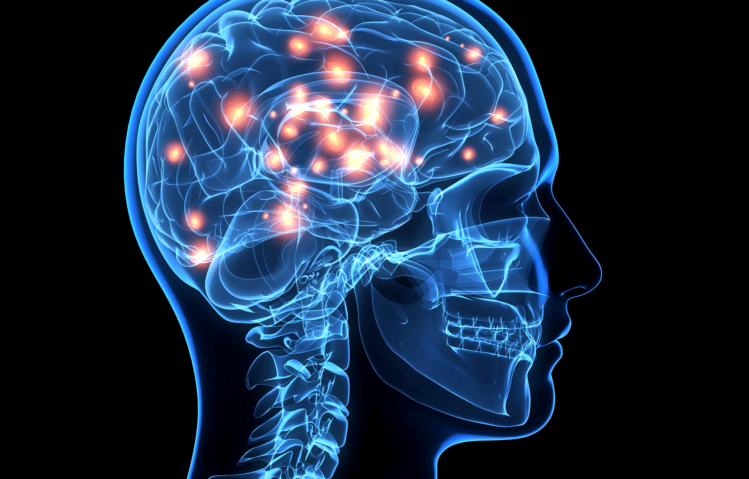

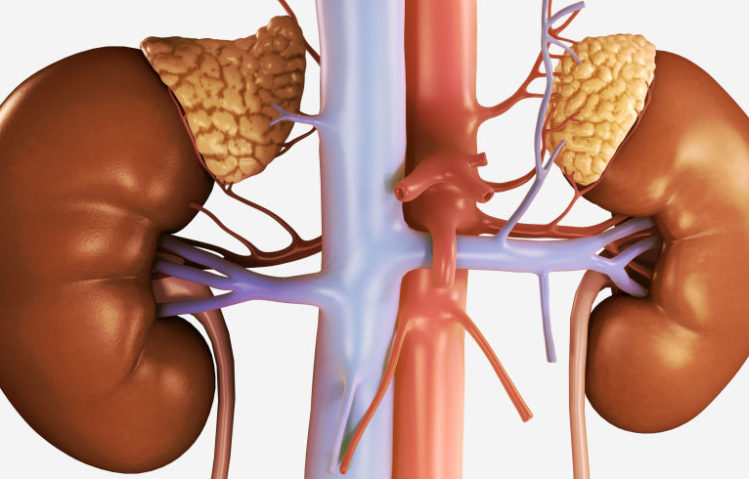


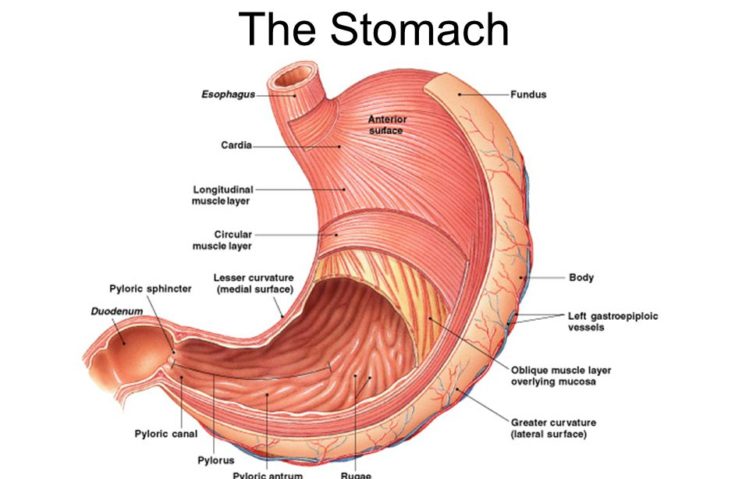
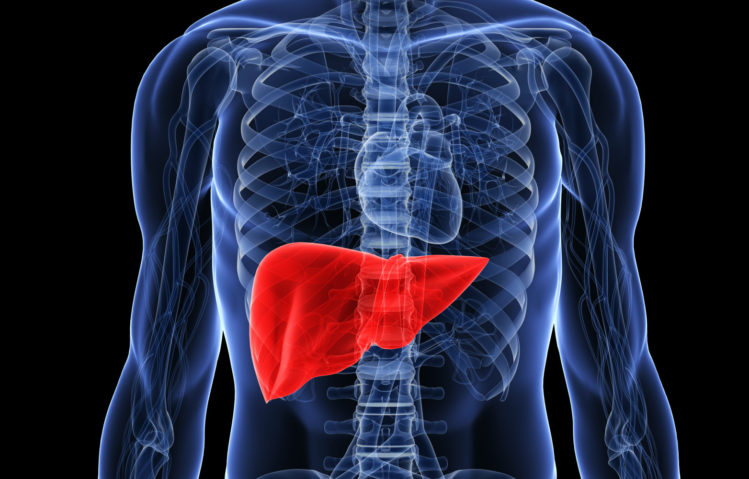 Human liver
Human liver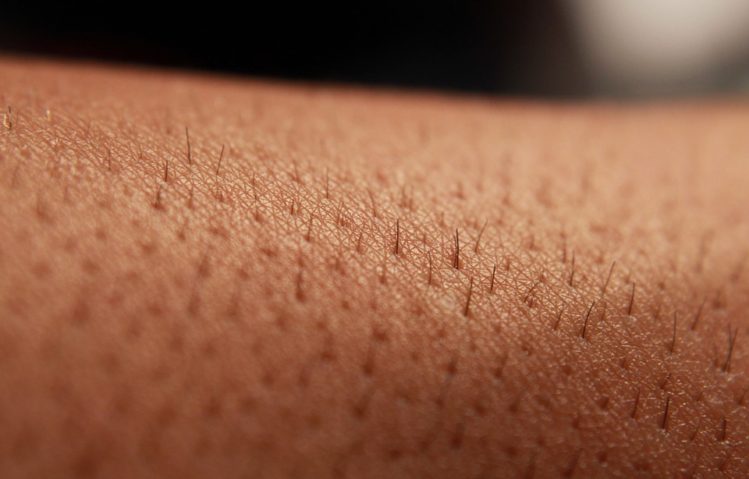
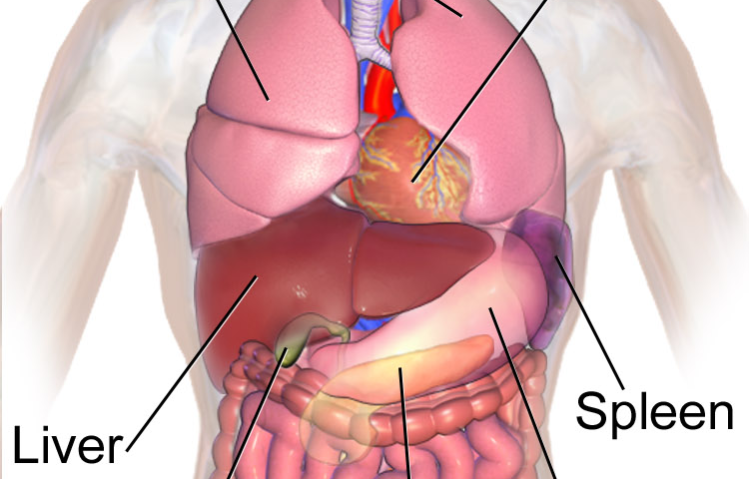
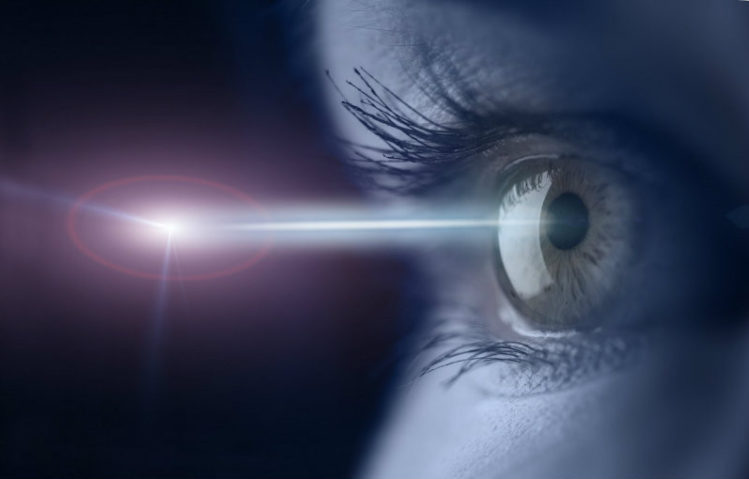
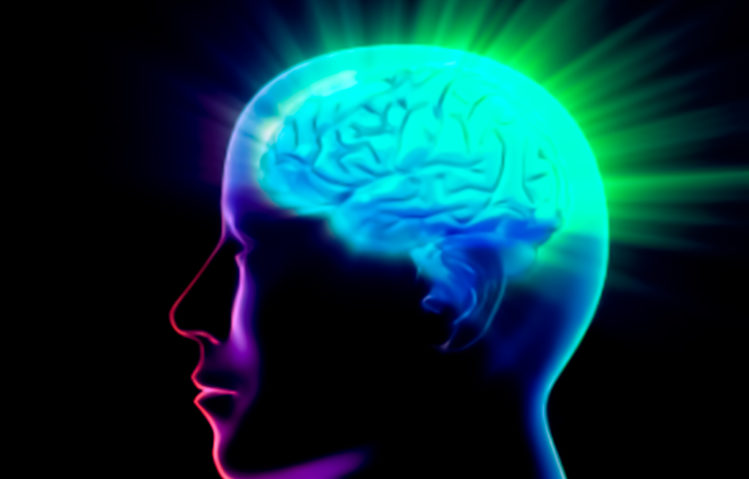
Human Body Biology and Systems
Our body structures are arranged into several different systems, each with its own specific function. The smallest units in the body are CELLS, which share certain characteristics. These tiny structures are collected into TISSUES, which are themselves arranged into ORGANS. Different body systems consist of collections of cells, tissues, and organs with a common purpose.
| System | Organs | Functions |
|---|---|---|
| 1. Musculoskeletal | The musculoskeletal system consists of the human skeleton (which includes bones, ligaments, tendons, and cartilage) and attached muscles. It gives the body basic structure and the ability for movement. In addition to their structural role, the larger bones in the body contain bone marrow, the site of production of blood cells. Also, all bones are major storage sites for calcium and phosphate. This system can be split up into the muscular system and the skeletal system | |
| 2. Circulatory system | a.The circulatory system comprises the heart and blood vessels (arteries, veins and capillaries). The heart propels the circulation of the blood, which serves as a "transportation system" to transfer oxygen, fuel, nutrients, waste products, immune cells and signalling molecules (i.e., hormones) from one part of the body to another. The blood consists of fluid that carries cells in the circulation, including some that move from tissue to blood vessels and back, as well as the spleen and bone marrow
b. The lymphatic system extracts, transports and metabolizes lymph, the fluid found in between cells. The lymphatic system is similar to the circulatory system in terms of both its structure and its most basic function, to carry a body fluid |
|
| 3.Nervous system | The nervous system consists of the central nervous system (the brain and spinal cord) and the peripheral nervous system consists of the nerves and ganglia outside of the brain and spinal cord. The brain is the organ of thought, emotion, memory, and sensory processing, and serves many aspects of communication and controls various systems and functions. The special senses consist of vision, hearing, taste, and smell. The eyes, ears, tongue, and nose gather information about the body's environment | |
| 4. Integumentary system | The integumentary system consists of the covering of the body (the skin), including hair and nails as well as other functionally important structures such as the sweat glands and sebaceous glands. The skin provides containment, structure, and protection for other organs, and serves as a major sensory interface with the outside world. | |
| 5. Immune system | The immune system consists of the white blood cells, the thymus, lymph nodes and lymph channels, which are also part of the lymphatic system. The immune system provides a mechanism for the body to distinguish its own cells and tissues from outside cells and substances and to neutralize or destroy the latter by using specialized proteins such as antibodies, cytokines, and toll-like receptors, among many others | |
| 6. Respiratory system | The respiratory system consists of the nose, nasopharynx, trachea, and lungs. It brings oxygen from the air and excretes carbon dioxide and water back into the air | |
| 7. Digestive system | The digestive system consists of the mouth including the tongue and teeth, esophagus, stomach, (gastrointestinal tract, small and large intestines, and rectum), as well as the liver, pancreas, gallbladder, and salivary glands. It converts food into small, nutritional, non-toxic molecules for distribution and absorption into the body.[ | |
| 8. Urinary system | The urinary system consists of the kidneys, ureters, bladder, and urethra. It removes toxic materials from the blood to produce urine, which carries a variety of waste molecules and excess ions and water out of the body | |
| 9. Reproductive system | The reproductive system consists of the gonads and the internal and external sex organs. The reproductive system produces gametes in each sex, a mechanism for their combination, and in the female a nurturing environment for the first 9 months of development of the infant | |
| 10. Endocrine system | The endocrine system consists of the principal endocrine glands: the pituitary, thyroid, adrenals, pancreas, parathyroids, and gonads, but nearly all organs and tissues produce specific endocrine hormones as well. The endocrine hormones serve as signals from one body system to another regarding an enormous array of conditions, and resulting in variety of changes of function |
